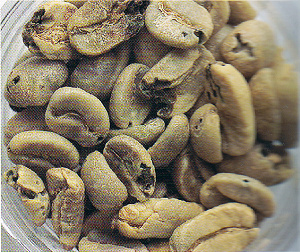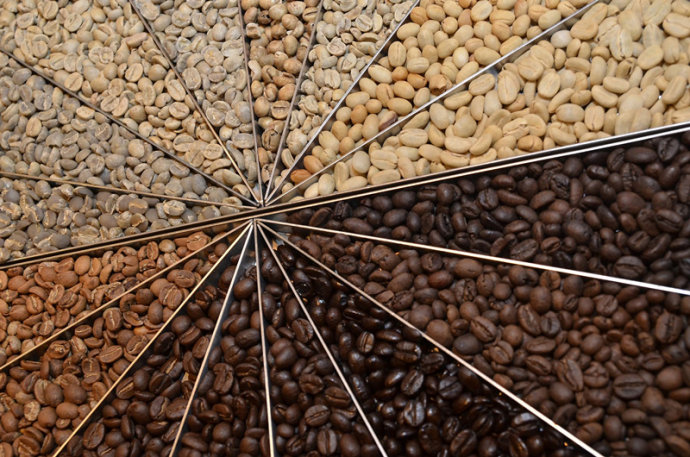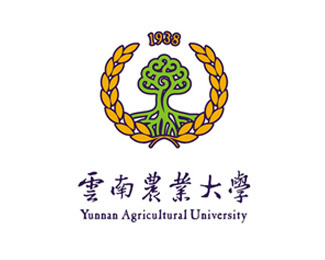Harmful coffee beetles were detected in coffee beans imported from Laos
Recently, during the inspection of a batch of 3.06 tons of raw coffee beans from Laos, staff of the Animal and Plant Department of Xiamen Haicang Inspection and Quarantine Bureau detected quarantine pest coffee fruits for the first time in Fujian Province.
Coffee bark beetle has been listed in the list of quarantine pests prohibited from entry in China. In order to prevent the spread of coffee bark beetle in China, Haicang Bureau has strictly fumigated the above entry goods in accordance with the relevant regulations. Through the domestic consignee, the epidemic types carried by the imported coffee organisms will be fed back to the relevant foreign enterprises. According to statistics, since the beginning of this year, Xiamen Port has imported five batches of coffee beans, weighing 50.34 tons, and the main countries of origin are Colombia, Laos, Indonesia, Brazil and Vietnam.
According to the staff of Haicang Bureau, coffee bark beetle is an important detected substance in raw coffee beans, belonging to the family Coleoptera, which is native to Africa and mainly harms the fruits and seeds of coffee plants. Once damaged by the pest, the yield and quality of coffee beans will decrease significantly. When the epidemic is serious, the damage rate of mature fruit can reach 96%, and the harvest is greatly reduced by 73%. Even after disinfestation, the insect remains inside the coffee bean and is not easy to separate, resulting in a decline in the quality of coffee.

Important Notice :
前街咖啡 FrontStreet Coffee has moved to new addredd:
FrontStreet Coffee Address: 315,Donghua East Road,GuangZhou
Tel:020 38364473
- Prev

Those people are not fit to drink coffee. Why?
The appropriate bitterness of coffee, with rich, mellow, fascinating smell, will make people can't help but want to get close to it. But coffee needs to be drunk to be healthy? Who is not fit to drink coffee? Who is not fit to drink coffee? The benefits of coffee: caffeine can stimulate the central nervous system and muscles, so it can cheer up and enhance the ability to think
- Next

Having a cup of coffee while having class? The most romantic major will be Yunnan Agricultural University.
Have you ever heard of such a romantic and interesting class in college class, such as identifying coffee beans, learning to taste coffee and making fancy coffee? Yunnan Agricultural University will declare the coffee and coffee project, relying on the Tropical crops College, not only to enable students to master coffee production, consumption, trade and other related knowledge, but also to train students to identify coffee varieties, master coffee services, brew coffee and other specialties.
Related
- What is the standard process for the purpose of coffee cup testing? What is the difference between hand-brewed coffee and cup testing?
- How to use hand-brewed coffee paragon small golden balls? How does cold coffee lock in the aroma of coffee?
- Is American coffee black? What is the difference between American coffee and drip coffee?
- Unexpected! Well-known tea beverage brand Lele Tea will withdraw from the Zhengzhou market!
- Starbucks enters the fashion and beauty industry?! Netizen: Give me an ice American eye cream
- Why can American refills for free? The difference between Americano and American drip pot coffee
- Being chased out of the rain in front of Starbucks?! Store: Sheltering from rain under umbrellas poses a safety hazard
- The white moonlight has changed?! Lucky launches "Big Winter Pear American"
- Hand-brewed coffee three-stage method, high-sweet and universal brewing method to share! What does the high sweet water level of hand-brewed coffee mean?
- What is the difference between raw, refined and full espresso coffee? How to extract espresso and taste good?

